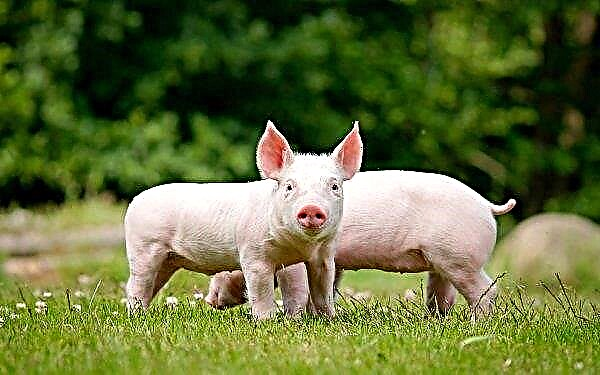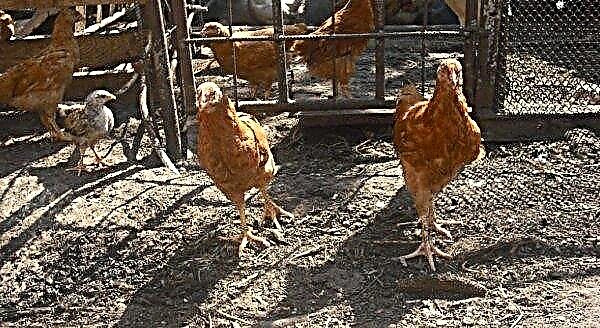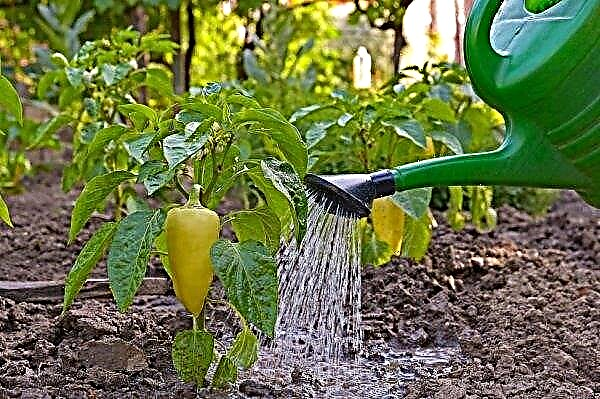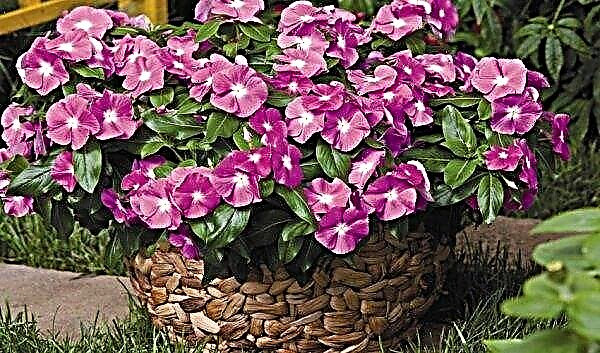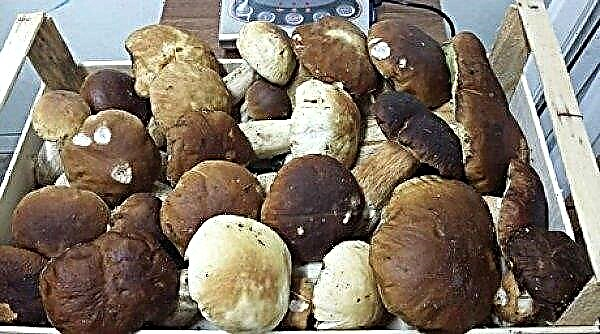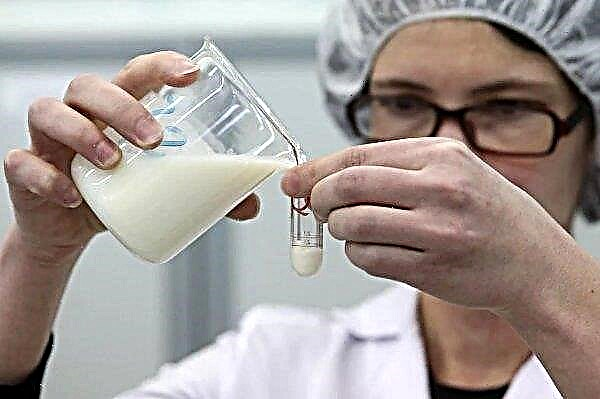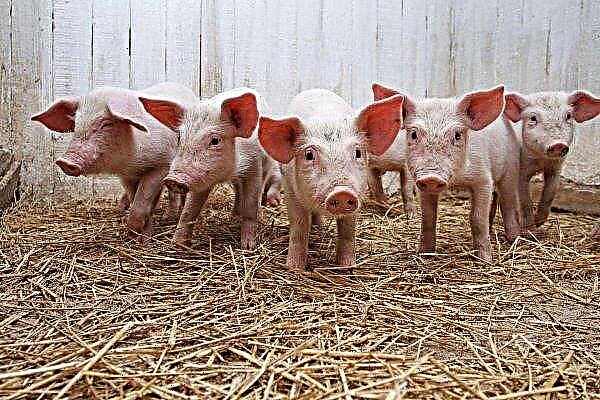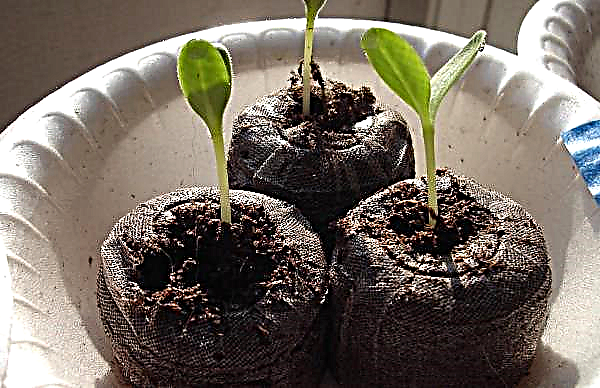It is often impossible to distinguish two spices from each other in appearance. However, there are nuances and differences by which you can accurately determine the difference. The article is devoted to the hallmarks of parsley and cilantro.
Description and comparison of plants
Below is information about the features of spicy herbal crops.
Cilantro features
It is widely believed that cilantro and coriander are different cultures. However, these are names belonging to the same plant. Cilantro is the green part, and coriander is the seed.
Important! The sharp aroma disappears almost completely when the plant is dried, and the ripened seeds retain slight traces of smell.
Moreover, more often the species is called coriander, and in different regions and countries there are their own, "local" names:
- Mexican Parsley
- Chinese parsley
- schlender;
- chilantro;
- Kinji

The word "cilantro" is consonant with the word in Greek, which in translation means "bug". In this regard, there is an opinion that the name came from a pungent, specific smell, which is due to the presence of decyl aldehyde in the essential oil.
Coriander is an annual, herbaceous plant of the umbelliferous family, the height of which is from 40 to 70 cm. Cirrus leaves are formed on a straight stem. Flowering occurs in June-July, during which inflorescences of small, white-pink flowers arise, on the site of which subsequently "umbrellas" with round hard seeds are formed.
Parsley Features
Parsley is a two-year-old plant belonging to the umbelliferous family. It features a thickened spindle-shaped root. The height of straight, branched stems ranges from 30 cm to 1 m. The leaves are saturated green in color, the upper surface of which is distinguished by its characteristic luster, triangular in shape, twice pinnately dissected.  The period of formation of yellow and green flowers falls on June-July. Seeds (fruits) - small, elongated-oblong form, ripen in late summer - early autumn in the second year of vegetation.
The period of formation of yellow and green flowers falls on June-July. Seeds (fruits) - small, elongated-oblong form, ripen in late summer - early autumn in the second year of vegetation.
Differences between childbirth
Let us analyze in more detail how one spicy culture differs from another.
In origin
The habitat of the wild form of parsley, from which originated the "cultivated" varieties - the coastal zone of the Mediterranean Sea. As a garden plant, it began to be cultivated quite late in the 9th century. It is not known for certain in which region cilantro was "born". There is speculation that this was the eastern part of the Mediterranean. And the Europeans began to grow cilantro after the Romans brought it.
Did you know? 100 grams of parsley has 4 times more ascorbic acid (vitamin C) than 100 grams of lemon.
In appearance
Spicy cultures belong to the same family, therefore, in the appearance of plants, they can easily be taken one after another. Nevertheless, parsley leaves are distinguished by a larger size, saturated green color and pronounced gloss. The cilantro sheet plate has a more wavy structure.

Odor difference
Fragrance is the main criterion by which you can immediately understand that before you is not the same plant. As mentioned above, coriander has a strong pepper smell, for many people - repulsive, which is due to the presence of a specific aldehyde in the composition of oils. Parsley has a more harmonious, pleasant aroma of a spicy plant.
Growing plants at home in the open field
It is not difficult to grow spicy aromatic herbs in the open field.
Cilantro
Coriander needs a long daylight, therefore, when choosing a place of growth, the intensity of the lighting of the ridge should be taken into account. The culture prefers fertile, well-moistened, with neutral acidity of the soil.

Sow cilantro preferably in early spring and September. When planting seed material, it is necessary to observe a distance between seeds of about 10 cm, row spacing - 30 cm. The depth of planting a seed is 1.5 cm.
Important! To obtain seeds, it must be borne in mind that at temperatures above + 35 ° C, a plant forms a hollow. In this regard, "for seeds" cilantro should be sown as early as possible.
Some time after a mass shoot of seeds, thinning of plants is carried out. Care consists in the timely removal of weeds and watering, which is carried out once every ten days, and in the dry period - as the soil dries.
Parsley
Parsley is frost-resistant, therefore, planting is performed from the end of winter until late autumn with an interval of about 3 weeks, which allows you to get excellent harvests of leafy greens.

Growing Features:
- Ridges are prepared in the fall, they bring in organic and mineral fertilizers.
- Dry seeds are suitable for planting in frozen ground, and for spring sowing, the seed material is soaked for a day in warm water. For disinfection, a solution of potassium permanganate (0.2%) is used.
- Grooves of 2 cm deep are made on the surface of the ridge, into which parsley seeds are placed, after which the soil layer is compacted and mulched with compost. The distance between the rows is 15 cm.
- Usually, the first seedlings appear after two weeks and can withstand a drop in temperature to –10 ° C.
- Leaving consists in regular watering, weeding and thinning.
- The distance between plants should be at least 5 cm.
- It is necessary to cut the greens regularly, otherwise it becomes tough and tasteless.
Did you know? Cilantro is a natural antidepressant. The use of moderate amounts of a spicy plant helps to normalize sleep and stop anxiety.
Despite the resemblance and almost the same methods of agricultural technology, cilantro and parsley are independent, "not interchangeable" spicy cultures. It is difficult to say which is more useful, since among consumers there are staunch adherents of one and the other spicy plants.

